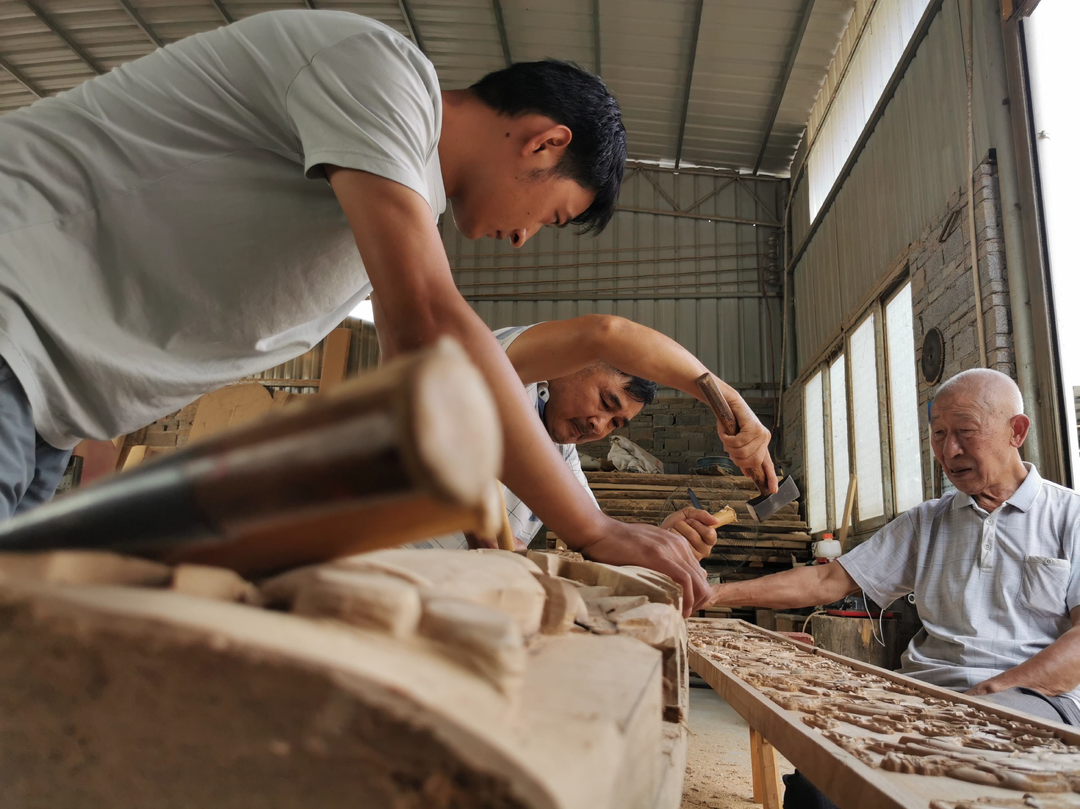Traditional ancestral hall building techniques
2023-08-04 15:41:43
The traditional ancestral hall building techniques are mainly applied to the maintenance and construction of traditional ancestral halls that integrate the functions of wedding, funeral, festival and meeting. They are widely found in Rucheng County, Chenzhou City, Hunan Province.

According to the existing monuments in the ancestral hall in Rucheng County, early in the Song Dynasty (in 1231), Song’s Ancestral Hall in Daping Town was built. During the Ming and Qing dynasties, the population and financial resources of Rucheng had a significant increase, and thus, Rucheng people took a more active part in building ancestral halls. And the traditional ancestral hall building techniques entered a new stage of development.
In addition, the people of Rucheng have been following their ancestral doctrines and have always regarded the construction and maintenance of ancestral halls as a sacred event, so many ancient ancestral halls have been conserved until today, and the traditional ancestral hall building techniques have been passed down for nearly 1,000 years.
The traditional ancestral hall building techniques combine many techniques—construction, wood carving, stone carving, lacquering and painting. The building techniques include four main procedures, such as site selection, design, construction and decoration. The location of the traditional ancestral hall, which should obey the rules of Feng Shui, is generally set in the place where each family lives and where the original ancestral hall was located.

The layout of the ancestral hall is reasonably designed according to the specific conditions of each family, and the sizes of length, width, and height of the building must conform to the principles. The construction procedure is divided into six steps, which require brickmasons and carpenters to cooperate with each other. While the decoration involves the walls, floor, wood carving, lacquering, etc.
Rucheng’s ancestral halls have a wide variety of styles, with the characteristics of regional culture integration, boasting important historical, cultural and artistic values. The traditional ancestral hall building techniques require cooperation among the workers skilled in different crafts, which highlight the diversity of craftsmanship and the concentration of functions.
In 2021, the traditional ancestral hall building technique was included in the fifth batch of provincial intangible cultural heritage items.




